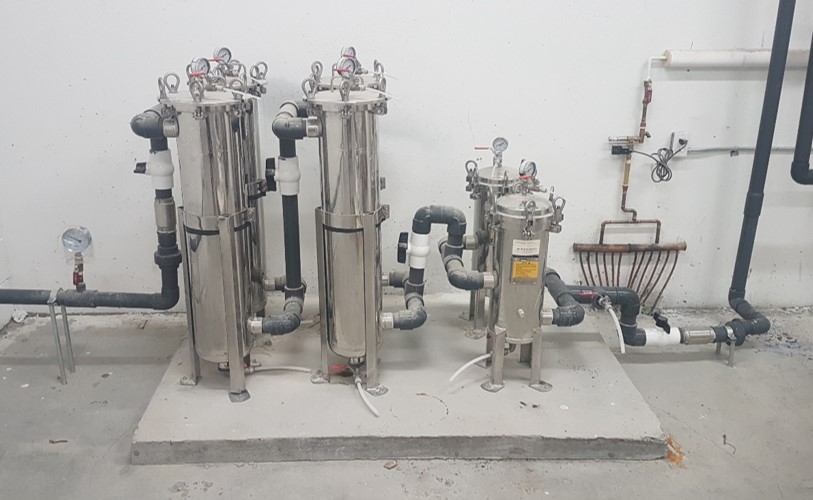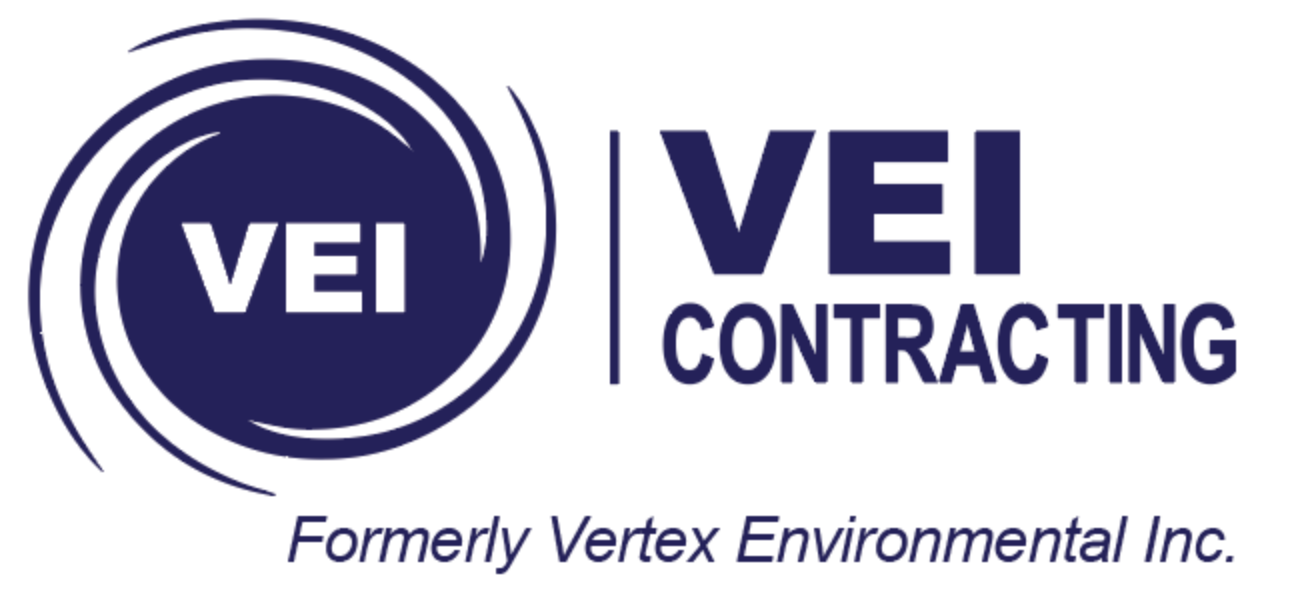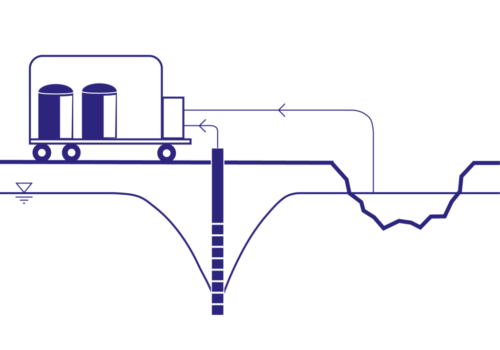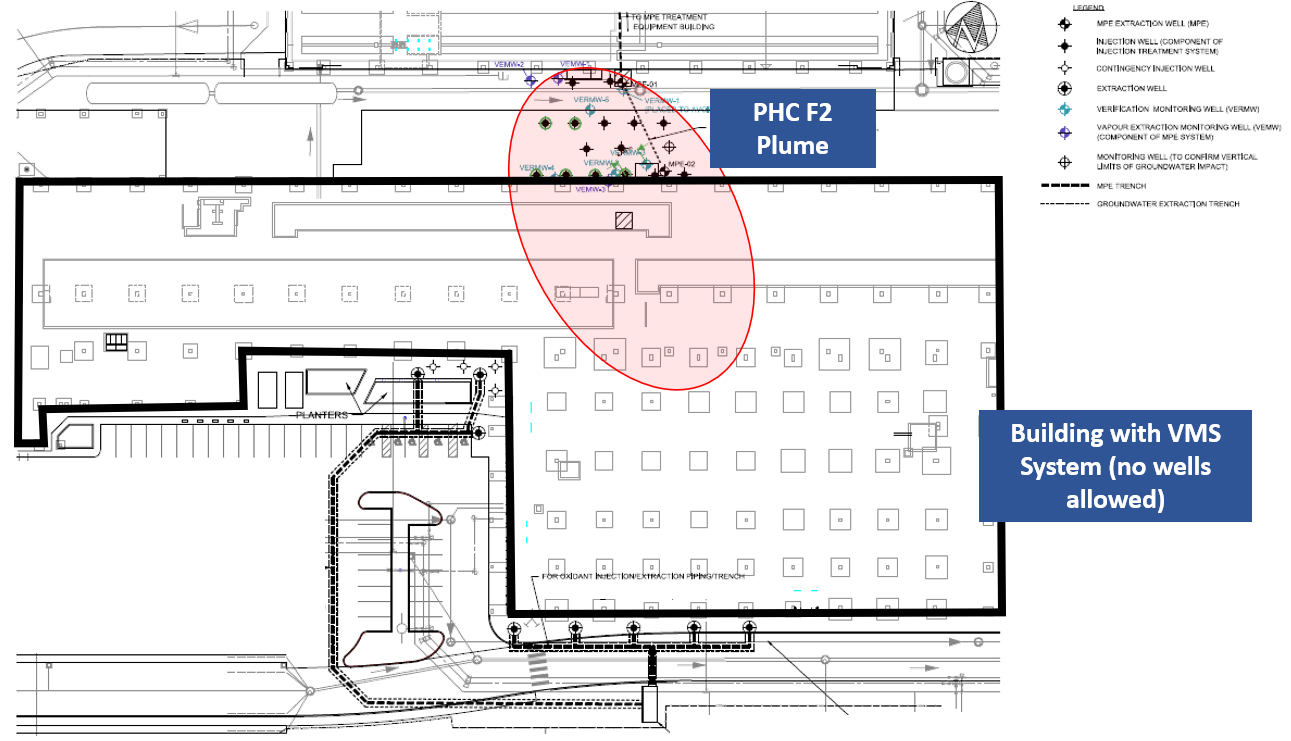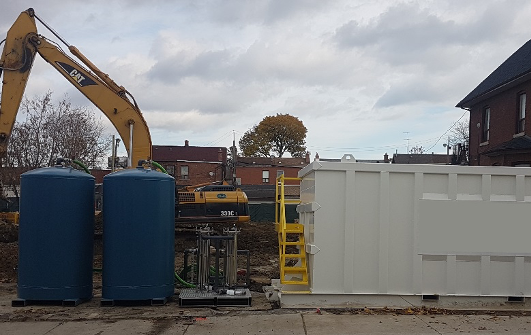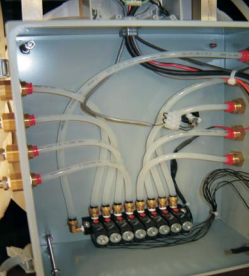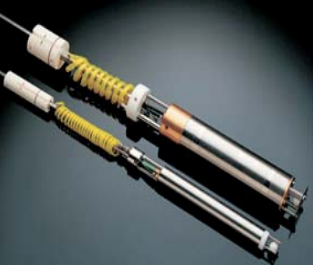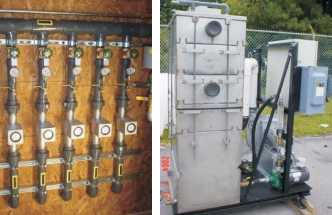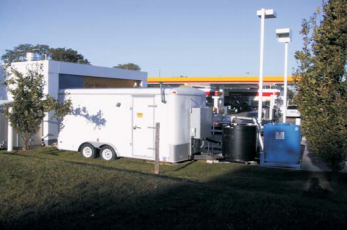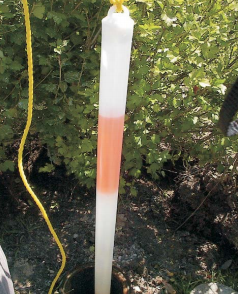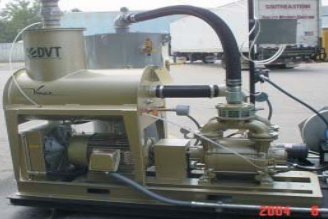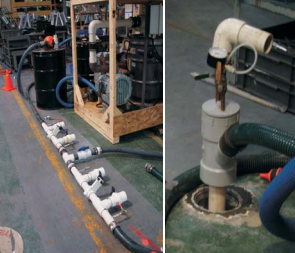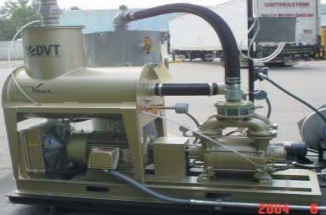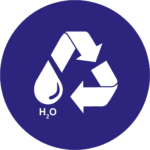
Water Treatment
Water Treatment is the process of removing of contaminants and improving the quality of water in order to meet an applicable standard. Water Treatment can be completed on stormwater or groundwater, and is sometimes combined with extraction and treatment of vapours or other non-aqueous phase liquids.
Some of the more common contaminants routinely removed from water are suspended solids, petroleum hydrocarbons (gasoline, diesel), dissolved metals (manganese, zinc), chlorinated solvents (PCE, TCE), phenols and phthalates.
Treated water can be discharged into a municipal sewer, re-circulated or re-injected on the same site, or discharged into the natural environment, such as an adjacent ditch or river.
The answer is site-specific:
- Active Construction Projects often require a portable Pump & Treat System to remove suspended solids and dissolved metals from stormwater and groundwater.
- Brownfield Sites often require a portable Pump & Treat System or more advanced Multiphase Extraction System to remove contaminants from the groundwater and re-circulate back into the subsurface.
- New Buildings often require a Permanent Pre-Treatment System to pre-treat groundwater prior to discharge into the municipal sewer.
Renting is typically the more cost-effective Water Treatment approach for shorter term applications (ie. construction projects less than 1-2 years). Purchasing is typically more cost-effective for longer projects (ie. permanent pre-treatment system, or long-term Brownfield remediation projects).
Water Treatment Systems
A variety of water treatment options and services can be used to meet your site-specific requirements
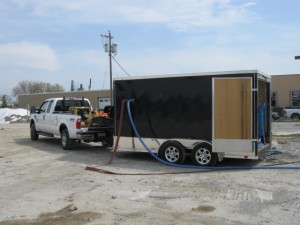
Mobile Pump & Treat (P&T)
P&T is the most common water treatment system. P&T involves a mobile water treatment system that pumps water from wells or open excavations, and then removes contaminants to meet the applicable standards. They are typically used for dewatering construction projects.
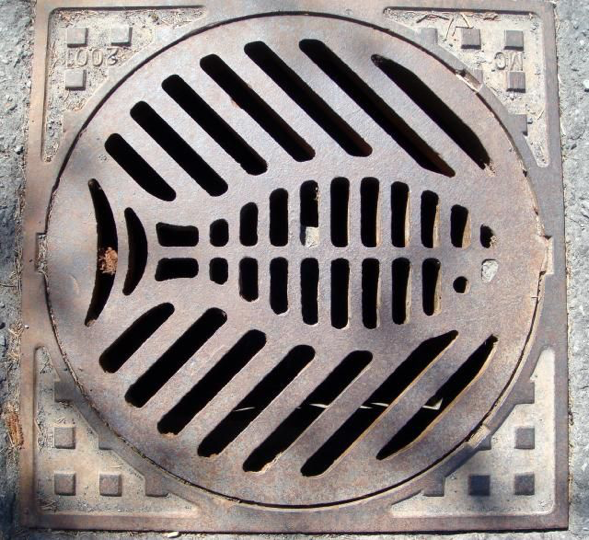
Sewer Discharge Agreements (SDA)
SDA is a permit that allows discharge of private water into the municipal sewer network. SDA applications often require technical information on the proposed water treatment methodologies; Vertex has the knowledge and experience to expedite a SDA for your project.
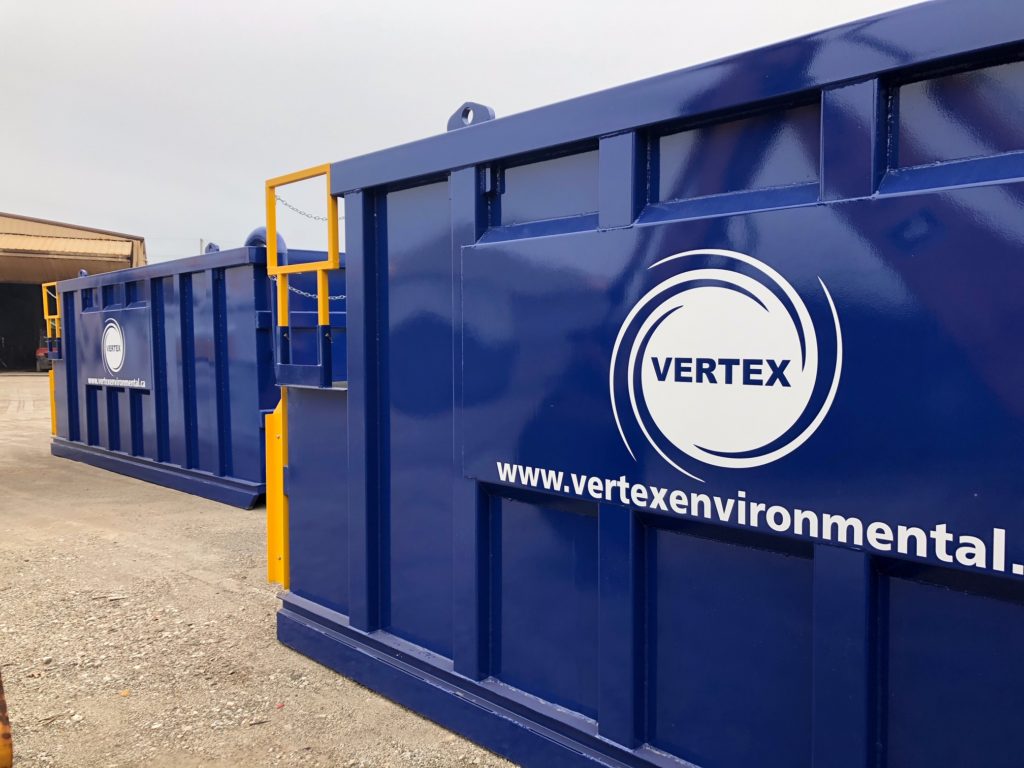
Water Hauling
Water hauling is the process of transporting impacted groundwater via an MECP licensed waste hauler for contaminant-appropriate disposal. Water hauling can be used in a pinch to quickly get rid of accumulated water, but is typically not cost-effective for long-term projects.
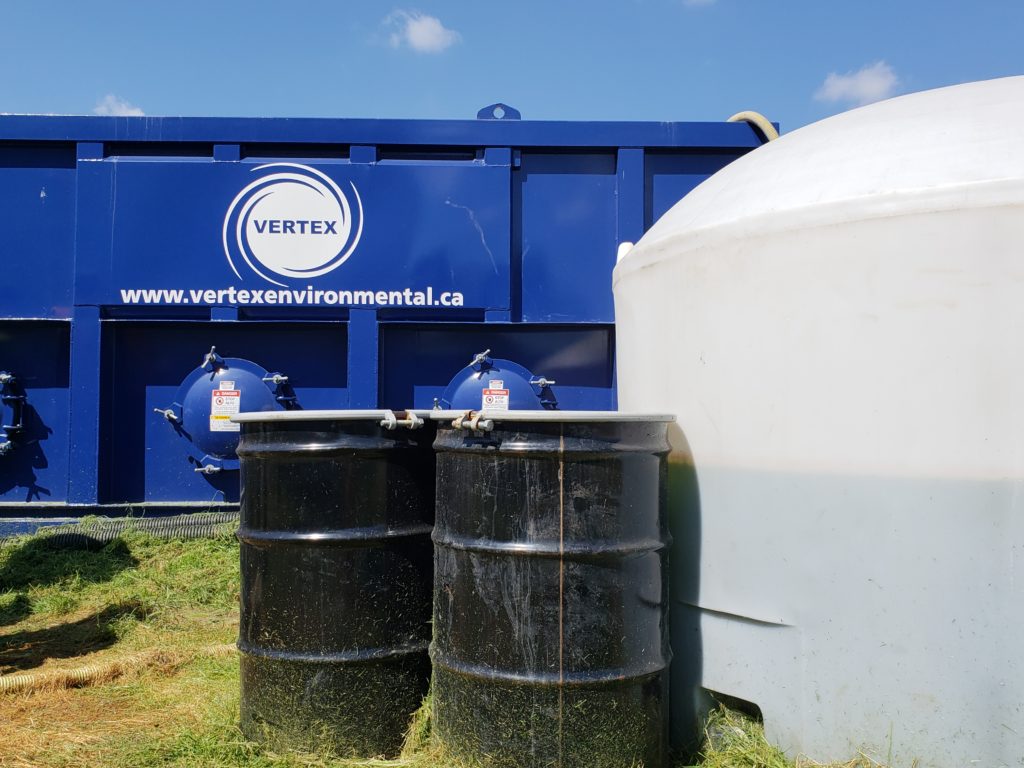
Equipment Rentals
We offer a variety of readily available water treatment components to support your excavation dewatering or construction project. Common rentals include bag filter skids, minifrac tanks, treatment media vessels, as well as turnkey mobile water treatment systems.
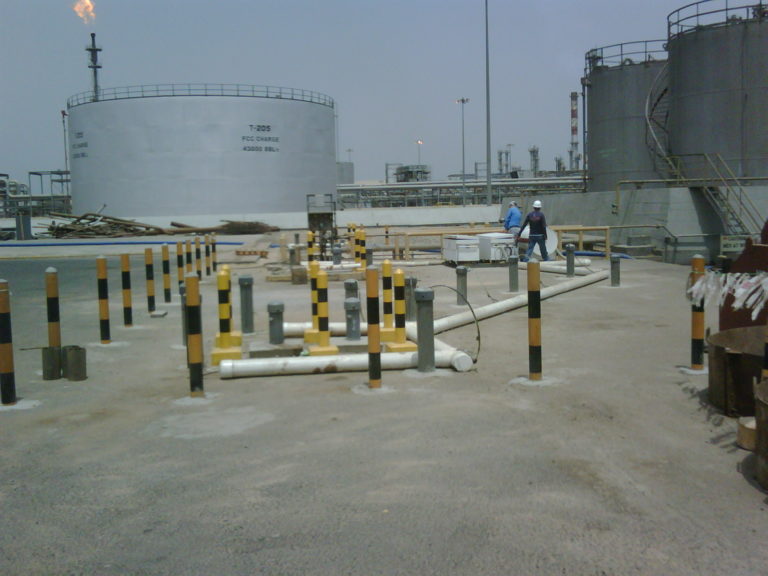
Skimmer Systems
Skimmer systems involve the “skimming” of a light non-aqueous phase liquid (LNAPL), typically from petroleum fuels, for offsite disposal or recycling, while minimizing the quantity of groundwater extracted. Skimmer systems are most commonly used on heavily contaminated Brownfield sites.
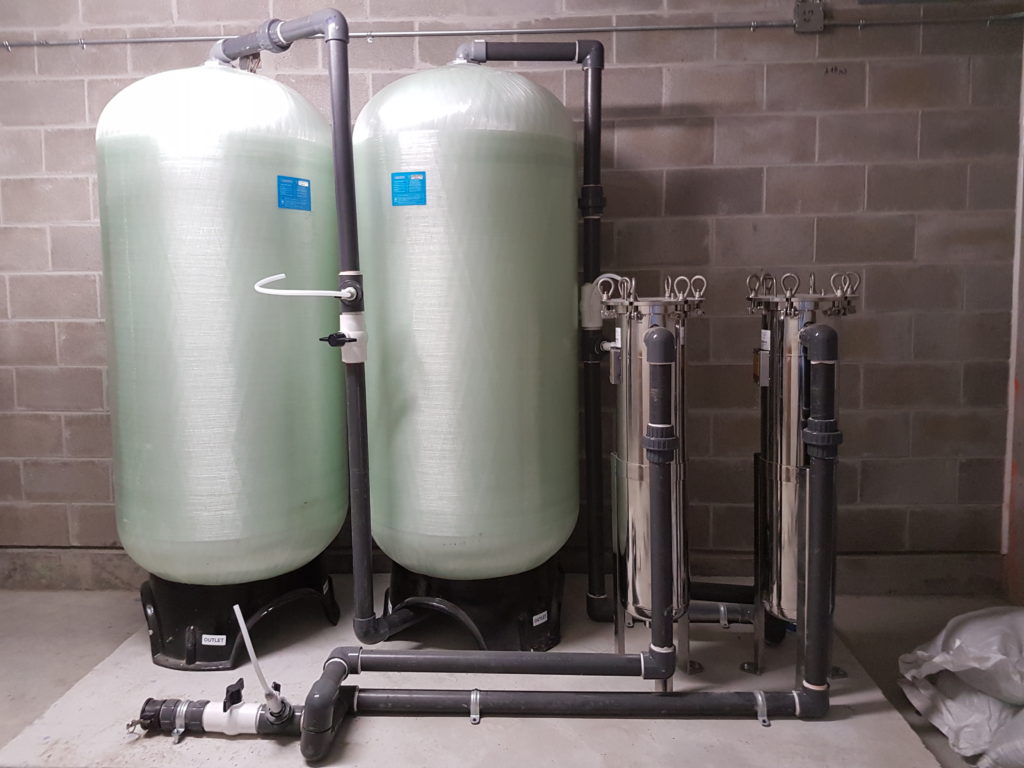
Permanent Pre-Treatment Systems (PTS)
PTS is a low-maintenance water treatment system that is permanently installed in a building basement to pre-treat groundwater or stormwater prior to discharge into the municipal sewer. PTS are often required by Sewer Discharge Agreements to address specific contaminants, and the PTS is operated for the lifetime of the building.
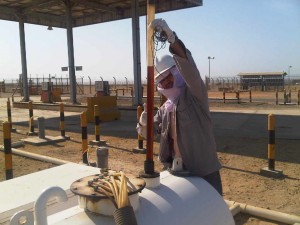
Dual-Phase Extraction (DPE)
DPE involves the extraction of two separate phases of liquids: groundwater plus a non-aqueous phase liquid (fuels or solvents). Extraction is followed by phase separation and treatment. DPE systems are most commonly used on heavily contaminated Brownfield sites or for property boundary control
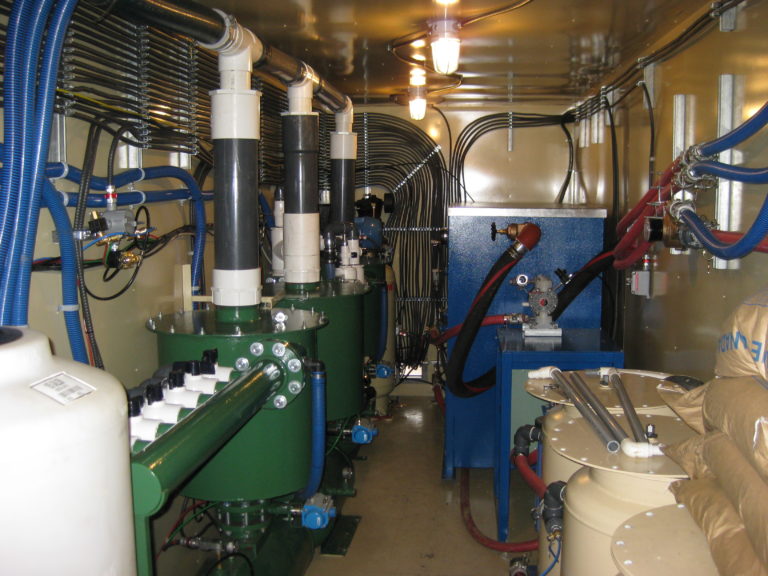
Multi-Phase Extraction (MPE)
MPE involves the extraction of three separate phases, groundwater, vapours, and a non-aqueous phase liquid (fuel or solvents). The process utilizes air-liquid entrainment followed by phase separation and treatment. MPE systems are most commonly used on heavily contaminated Brownfield sites.
Benefits of Water Treatment
- Cost: It’s often an order-of-magnitude cheaper to treat groundwater and stormwater onsite, rather than paying to haul it offsite for disposal
- Time: Treating groundwater and stormwater onsite can be done on a continuous basis, and can avoid delays sometimes associated with coordinating water hauling
- Sustainability: Treating contaminated groundwater and re-injecting into the subsurface has a lower carbon footprint while improve the local groundwater quality
- Health: Reduced risk of human exposure to contaminated water
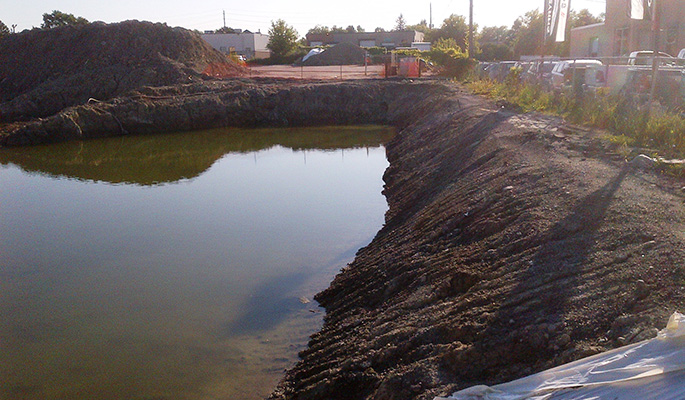
Tools & Experience
Vertex combines theoretical understanding with practical experience for the design, installation and optimization of various types of Water Treatment projects.
Expedite your project timeline by using one of Vertex’s mobile Environmental Compliance Approvals (ECAs) to install and operate a Water Treatment system, from small filtration jobs up to large dewatering projects (up to 5,450 m3/day).
Vertex processes numerous Sewer Discharge Agreements every year and knows the “ins and outs” of processing SDAs in various municipalities across Ontario.
Discuss various Water Treatment options with Vertex today to understand what type of Water Treatment is best-suited for your application.
